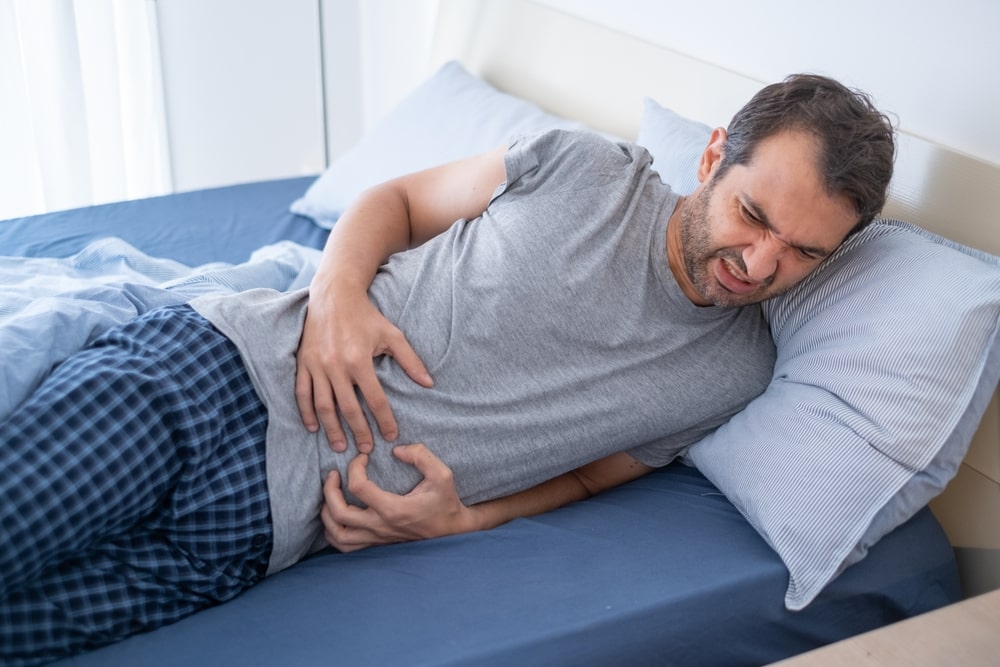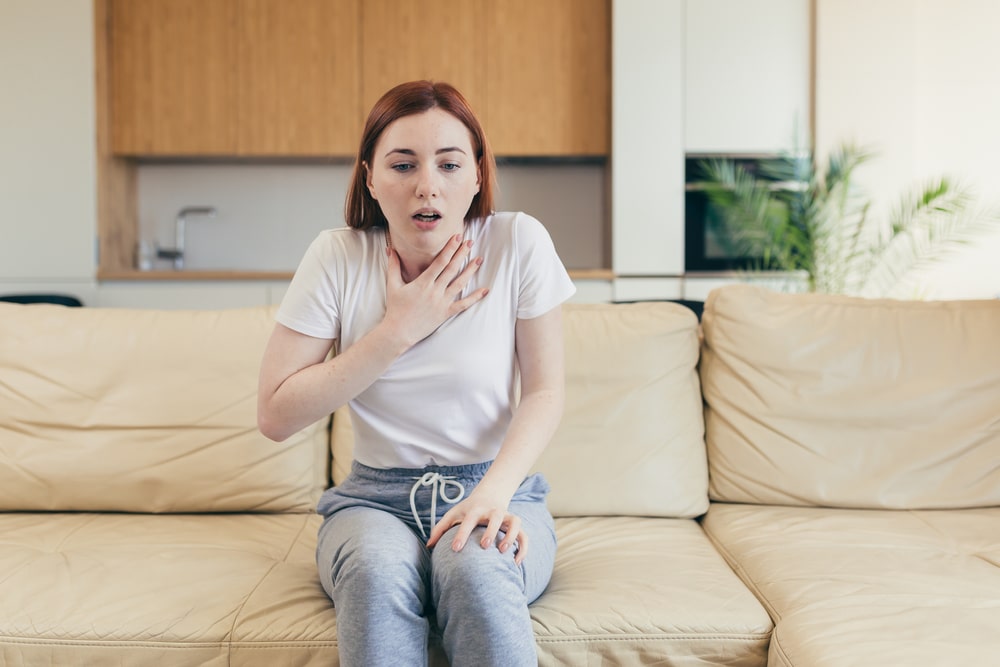
Eating disorders are complex psychological conditions that are characterized by abnormal, irregular eating habits, and an extreme concern with one’s body weight or shape. The National Institute of Mental Health (NIH) specifically defines eating disorders as “serious medical illnesses marked by severe disturbances to a person’s eating behavior.” There are different types of eating disorders listed in the Diagnostic and Statistical Manual of Mental Disorders, Fifth Edition (DSM-5) under the Disorder Class: Feeding and Eating Disorders. Eating disorders often involve intense self-criticism, body dissatisfaction, and perfectionism. While everyone experiences negative thoughts or feeling about their body from time to time, overcoming negative body image and thoughts related to eating disorders can be a particularly challenging process. Body image refers to how an individual perceives, thinks, and feels about his or her own body. The National Eating Disorders Association (NEDA) highlights various suggestions that can help you work toward a more positive body image:
- Be kind to yourself: Practicing positive self-talk, for example, encourages self-confidence, effective coping, achievement, and a general feeling of well-being. Select a few affirmations, or positive statements about your body and repeat them regularly. Avoid self-criticism, treat yourself with respect, and shift your internal dialogue to replace negative self-talk with more positive and realistic statements.
- Wear comfortable clothes: Tight or restrictive clothing can exacerbate negative body image thoughts. When you are already feeling particularly self-conscious about various areas of your body, alleviate any added anxiety by wearing clothing that is comfortable.
- Strengthen social connections: Build a healthy support network that includes people who understand and support your journey towards a healthier body image. Surrounding yourself with positive influences can help reinforce a healthier mindset.
- Make time for self-care: Self-care encompasses activities, practices, and habits intended to reduce mental and physical stress and strain while simultaneously fostering feelings of inner peace and happiness. Engage in activities that promote physical and mental well-being.
- Get rid of your scale: Recovering from an eating disorder will likely involve weight changes. While knowing your weight can be a great exposure therapy tool, having a scale at your constant disposal can sometimes be a distraction from your long-term recovery goals.
Body acceptance and neutrality are difficult concepts for everyone, and especially challenging for those who have a history of an eating disorder. It is essential to be patient and have compassion for yourself, as overcoming negative body image in eating disorder recovery is a crucial aspect of the healing process.
Treatment In Calabasas
Calabasas is a city in California. It is a well-known suburb of Los Angeles, located west of the San Fernando Valley and north of the Santa Monica Mountains. Over the past decade, the city of Calabasas has grown in its reputation for luxury as well as for privacy which makes it a hidden gem for residential living for society’s elite, and one of the most desirable destinations in Los Angeles County. It is also home to a plethora of highly qualified mental health clinicians providing an array of therapeutic services and treatment options.
The information above is provided for the use of informational purposes only. The above content is not to be substituted for professional advice, diagnosis, or treatment, as in no way is it intended as an attempt to practice medicine, give specific medical advice, including, without limitation, advice concerning the topic of mental health. As such, please do not use any material provided above to disregard professional advice or delay seeking treatment.









